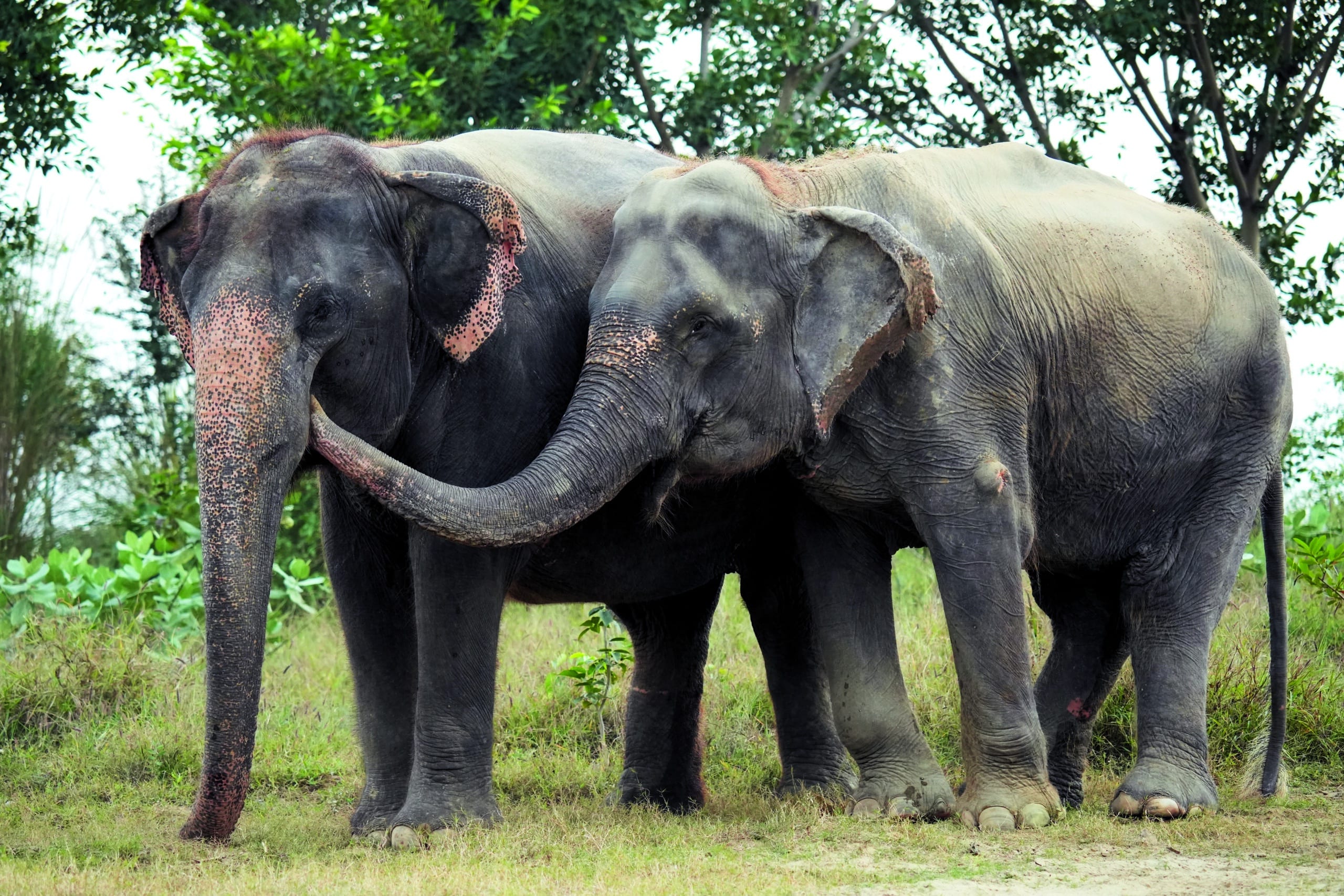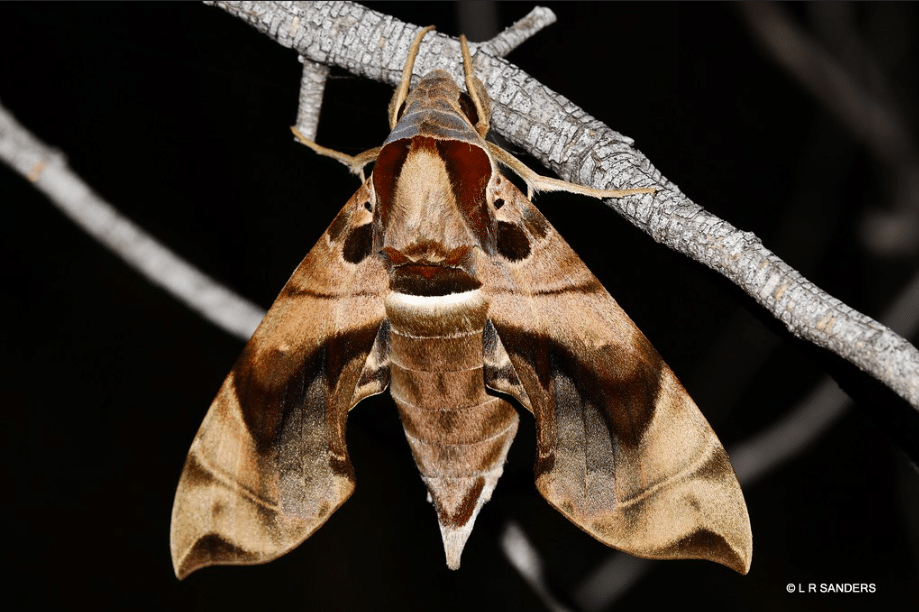You might remember Kalpana—I am happy to report that this year she celebrates her fifth rescue anniversary at Wildlife SOS. Formerly exploited and abused as a ‘begging’ elephant in Uttar Pradesh, Kalpana was rescued in 2019 and brought to the Wildlife SOS Elephant Hospital Campus (EHC) in Mathura for comprehensive...
“Migratory species connect the planet and together we welcome them home”
This week marks the occasion of the 13th Conference of the Parties to the Convention on the Conservation of Migratory Species or CMS, in Gandhinagar, India. With 130 signatory nations, CMS is the foremost international instrument that provides international cooperation for the conservation of species that cross our geopolitical boundaries as they weave their way around the globe. While these boundaries define human social and political distinctions, they mean nothing to migratory species, and therefore cooperation between nations is essential to guarantee the integrity of ecological connectivity and conserve the populations of animals that move between them.
Every three years, the signatory nations gather to evaluate proposals for new species in need of listing and cooperation, discuss ongoing concerted actions, address emerging conservation issues, and to renew commitments to protect migratory and wide-ranging species. The CMS has two appendices. Appendix I requires countries to give strict protection to the species and Appendix II requires countries to cooperate together in its conservation. There are many instances where it has been decided to list a species on both appendices.
This week, the Conference of the Parties will consider the up-listing of 10 species including:
- Asian Elephant – Appendix I
- Jaguar – Appendix I
- Urial (a central Asian wild sheep) – Appendix II
- Great Indian Bustard (a large Critically Endangered bird native to India and Pakistan) – Appendix I
- Bengal Florican (a Critically Endangered, South Asian bird) – Appendix I
- Little Bustard (a small, migratory bird native to Southern Europe, North Africa, and Asia) – Appendix I and II
- Antipodean Albatross up-listing from Appendix II to I
- Oceanic Whitetip Shark – Appendix I
- Smooth Hammerhead Shark – Appendix II
- Tope Shark (known in Australia and New Zealand as School Shark) – Appendix II
Australia is a range state for the albatross and the three shark species.
Antipodean albatross – nominated for Appendix I
Australia and New Zealand have jointly nominated this magnificent seabird for additional protection on Appendix I. The species is native to the South Pacific, including Australia’s southern oceans, and breeds on four island groups off southern New Zealand. IUCN listed as Endangered, both subspecies, Diomedea antipodensis antipodensis and Diomedea antipodensis gibsoni, have undergone substantial population declines since 2004 including the Antipodes Island breeding population, which has declined by 50% in that time. The Antipodean albatross does not begin nesting until reaching an age of 10-12 years, and only raises one chick every two years. The current rate of decline, if continued, would lead to the functional extinction of the species within 20-30 years. Both subspecies forage in the high seas from the southern and eastern coasts of Australia across the Pacific to the southern Chilean coast. The species is at risk from fishing operations from multiple countries (some that are CMS signatories and others that are not) that fish in the South Pacific. The greatest risk is from surface long-lining operations, where these birds are caught and drowned on fishing hooks. Best practice guidelines on how to reduce this bycatch have been developed by the Agreement on the Conservation of Albatross and Petrels (ACAP), which is the CMS subsidiary agreement that provides to mechanisms for cooperation in their conservation.These guidelines have largely gone ignored and unimplemented. A listing on Appendix I of CMS will require CMS member governments to ensure cooperation and engagement from Regional Fisheries Management Organisations (RFMOs), which regulate high seas fishing operations, in order to prevent the Antipodean Albatross from declining to extinction.
Oceanic White-tip Shark – nominated for Appendix I
With a nomination proposed by Brazil, the Oceanic White-tip (Carcharhinus longimanus) is the apex predator of the high seas and one of the most widely distributed and wide-ranging sharks in the world – including Australian waters. Once abundant, these sharks have been severely overfished on a global scale, and the magnitude of this overfishing has been reflected by the recent IUCN Redlist uplisting of the species to Critically Endangered. The Oceanic White-tip is valued for its meat and especially for its fins, which makes it a globally direct and indirect target by many different types of fishery operations. Although many international tuna commissions and RFMOs have prohibited the catch and retention of these species, bycatch is high, and countless jurisdictions and high-seas fishing fleets have no such prohibitions. A CMS Appendix I listing is warranted to bolster the other conservation commitments currently in place and will provide added impetus for international cooperation toward effective protection and recovery.
Smooth Hammerhead Shark – nominated for Appendix II
The Smooth Hammerhead (Sphyrna zygaena) is a highly migratory and widespread pelagic shark, which occurs along temperate continental shelves and slopes and adjacent international waters. Globally, the Smooth Hammerhead has been assessed as Vulnerable (VU) by the IUCN, and has been proposed for listing by both Brazil and the EU. Throughout the world, these sharks are targeted by artisanal and industrial fisheries due their highly priced fins and the meat of pups and juveniles are also marketed fresh by the fishmongers throughout the developing world. The species risk to extinction is due to intense fishing mortality of younger individuals in gillnets and trawls operating on shallow waters (≤ 20 m) and juveniles along the continental shelf (> 20 m and ≤ 200 m). Additionally, adults are exploited by driftnets and longlines along the shelf border and slope (> 200 m). Thus, the species is exploited at all life-stages and throughout their migratory circuit and concerted actions and cooperation through their global range is vital to conserving this unique species.
School Shark – nominated for Appendix II
Known throughout the world as tope, and as school shark and often sold as ‘flake’ in Australia, this globally distributed species is targeted for liver-oil, meat and fins with gillnets and longlines and are also a common bycatch in trawl and other fisheries. Proposed for CMS listing by the EU, and IUCN Redlist listed as Vulnerable, every school shark stock is depleted to varying degrees, with some stocks experiencing serious levels of depletion. Regionally, school shark is assessed as Critically Endangered (Southwest Atlantic), Vulnerable (Mediterranean, Europe, Australia and South Africa), and Near Threatened (New Zealand). In most parts of the world, no conservation measures are in place at present. In Australia, the school shark is listed under the EPBC as Conservation Dependent which led to gear restrictions, mesh-size limits, length-based restrictions, and seasonal closures. Cooperative management and concerted actions among the many range states for school shark is crucial for the species continued ecological viability.
While most of these proposals will pass and be celebrated and accepted onto the CMS Appendices, two of the proposals have been have met opposition from the Australian Government. While the conservation statuses of both Smooth Hammerhead Shark and the School Shark make them sufficiently eligible throughout their ranges, Australia maintains that doubts remain over the migratory nature of the Australian populations of these species. Because of these concerns, the Australian Government have recommended that our populations be left off these proposals. Despite these concerns, there is peer-reviewed science and the authoritative opinion of leading shark researchers that do believe that these populations are, in fact, migratory.
Humane Society International says that adhering to a precautionary principle dictates that these populations should not be left out of listing, and there is benefit to cooperating with our neighbours.
All of these proposals will be decided on this week, and HSI is in India pushing for the inclusion of Australia’s shark populations, and the greatest possible protection for all the species under consideration.
A marine ecologist specialising in conservation, research and outreach, Lawrence has spent years working with wildlife, the ocean and the public to engender sustainable relationships between them. He has worked as a field biologist, environmental consultant, naturalist and project coordinator with a BA from the University of San Diego, and an MSc from James Cook University. Lawrence’s work at HSI is currently focused on shark welfare and protection, specifically in regards to culling and control programs, overexploitation, and international protection.


